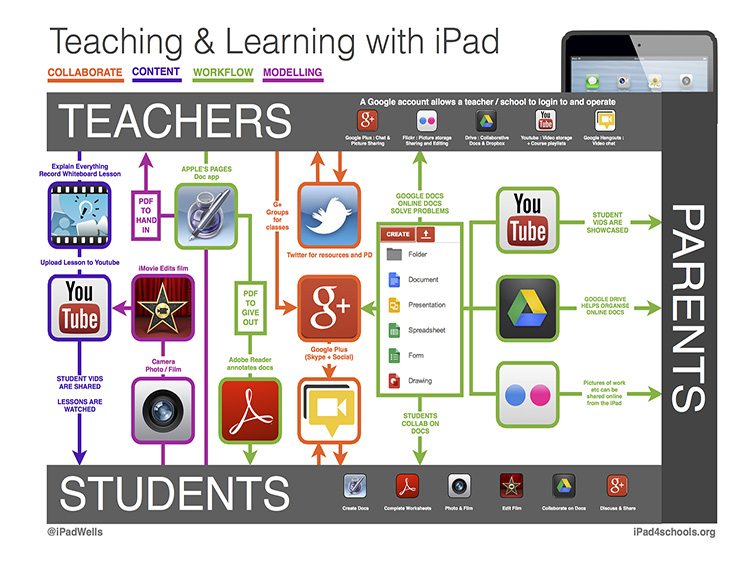This is a great discussion of MOOC's and the learning pedagogy and it's successes and failings to date. How might we improve?
Arne Duncan is U.S. education secretary.
On consecutive days this week, the United States was introduced to two very different visions for its most important education law. Quite soon, Congress will choose between them, and while the legislation could move fast enough to escape wide public notice, its consequences will be profound. (please see article for complete post)



